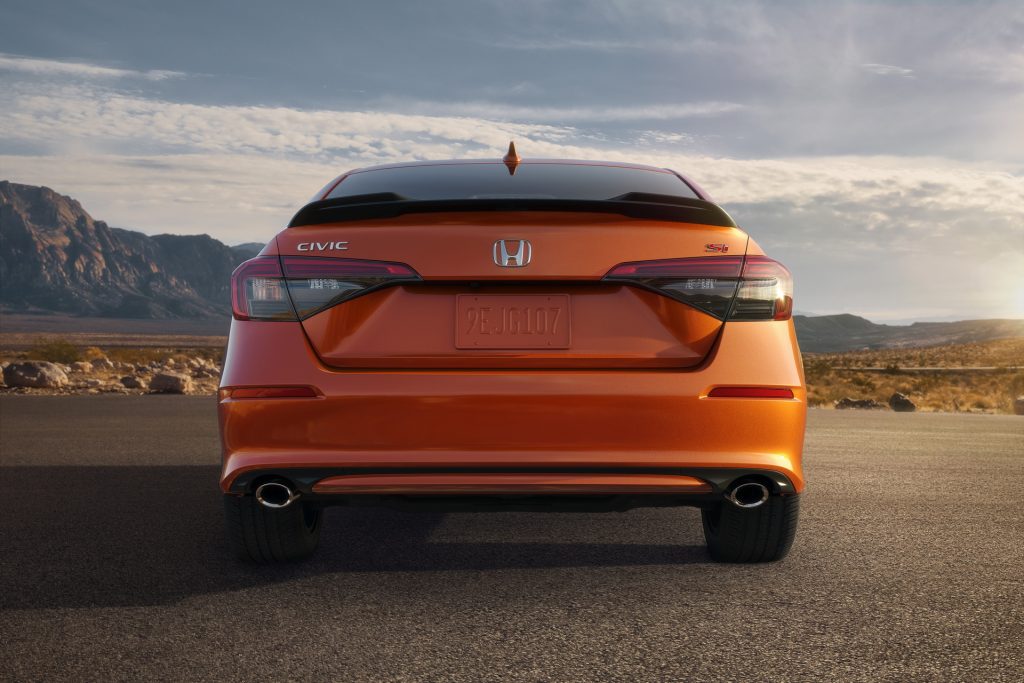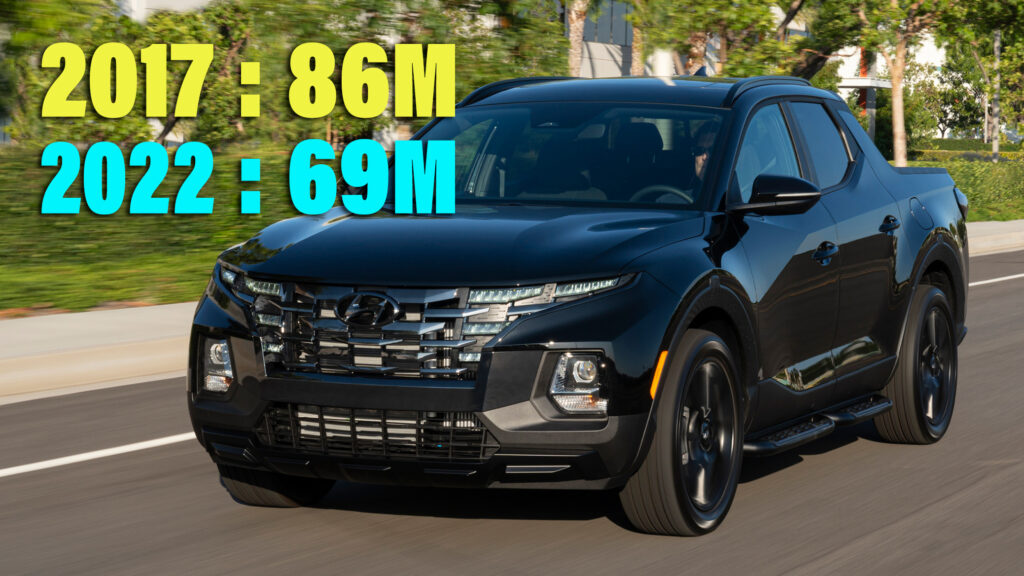A new study states that internal combustion engine-powered vehicle sales peaked in 2017 and will never return to pre-pandemic levels.
An analysis conducted by Bloomberg reveals that combustion passenger vehicle sales peaked in 2017 with 86 million units sold when including traditional hybrid sales. Meanwhile, a touch over 1 million battery-electric and plug-in hybrid vehicles were sold the same year.
The difference to 2022 is stark. Last year, combustion vehicle sales dropped by almost 20 per cent to 69 million units while sales of plug-in hybrid vehicles soared to 2.9 million and sales of battery-electric vehicles jumped to 7.5 million.
Read: EV Adoption Targets Are Unachievable, Say 59% Of Auto Industry Experts

Major markets such as North America, Europe, and China all show the same trend. For example, in 2017, 24.22 million combustion-powered vehicles were sold in China compared to just 110,000 plug-in hybrids and 42,000 battery-electric vehicles. In 2022, combustion vehicle sales had dropped to 17.47 million while plug-in hybrid sales rose to 1.48 million and battery-electric sales grew to 4.6 million.
Bloomberg expects other markets to largely follow this trend. In Southeast Asia, for example, a growing number of EVs will be sold in the coming years and will likely outpace the sales growth of combustion vehicles. Additionally, the number of EVs sold in India is expected to grow considerably in the coming years having jumped from 15,000 sales in 2021 to almost 50,000 in 2022. In Mexico and Brazil, new-vehicle sales are largely flat. Africa is the only continent that may see a small increase in combustion vehicle sales in 2023 over 2022 levels.
Researchers ultimately believe that the global combustion vehicle fleet will remain relatively steady for the next three years before it starts to decline from 2026 as the number of EVs on the roads continues to surge.




